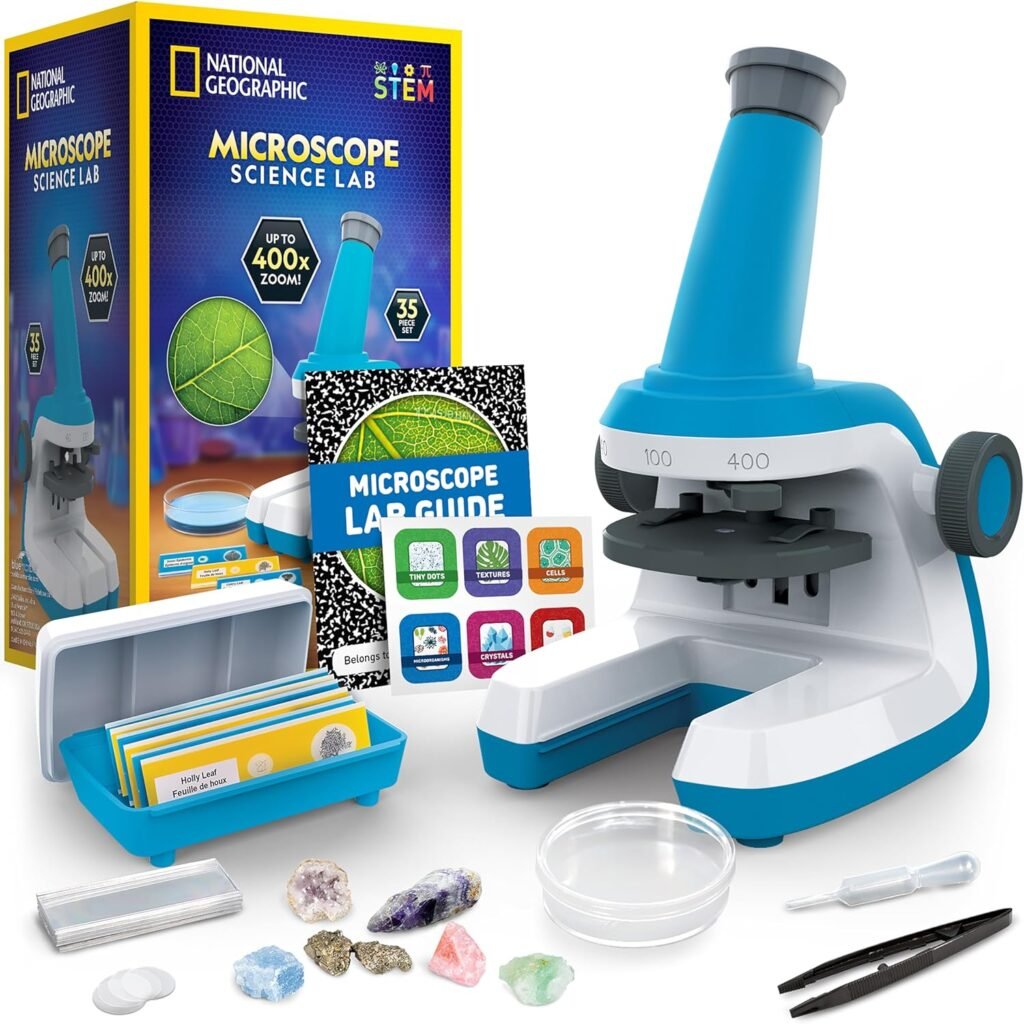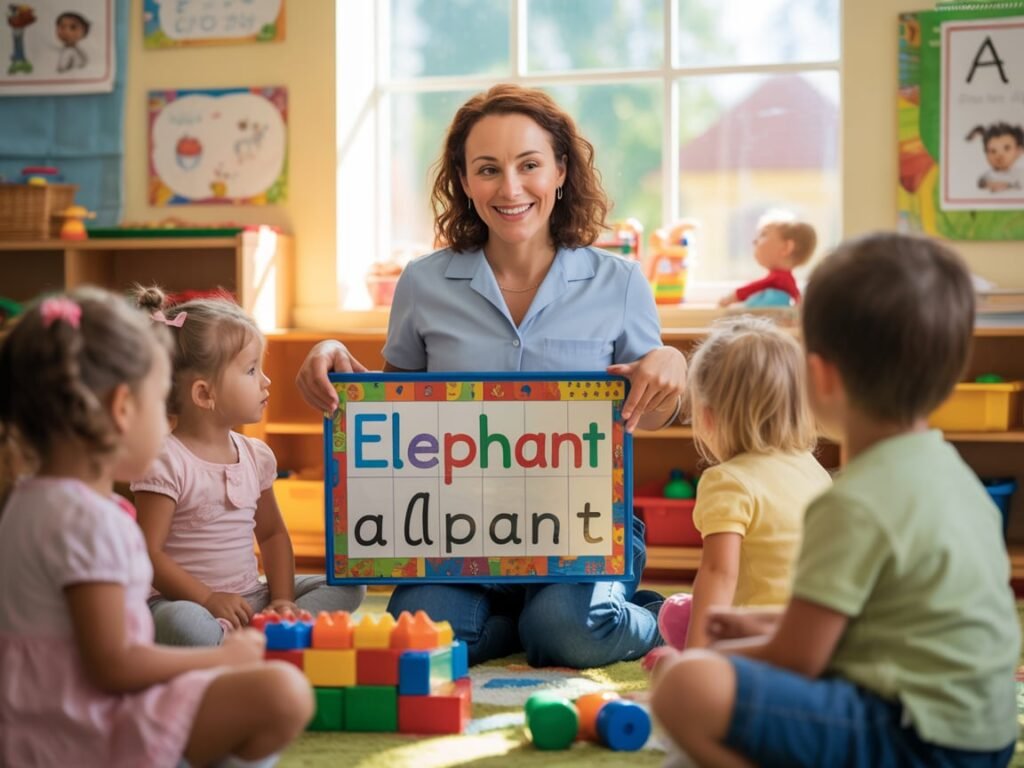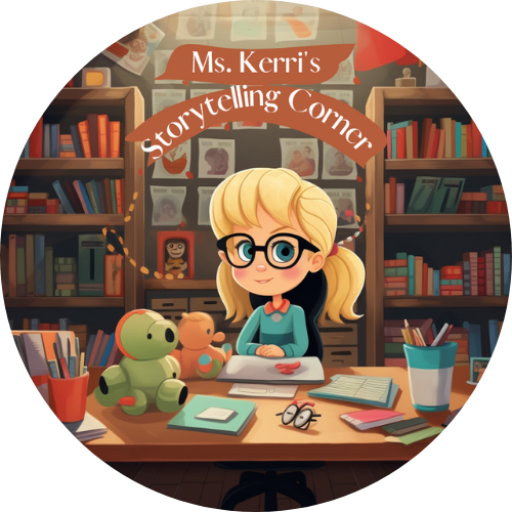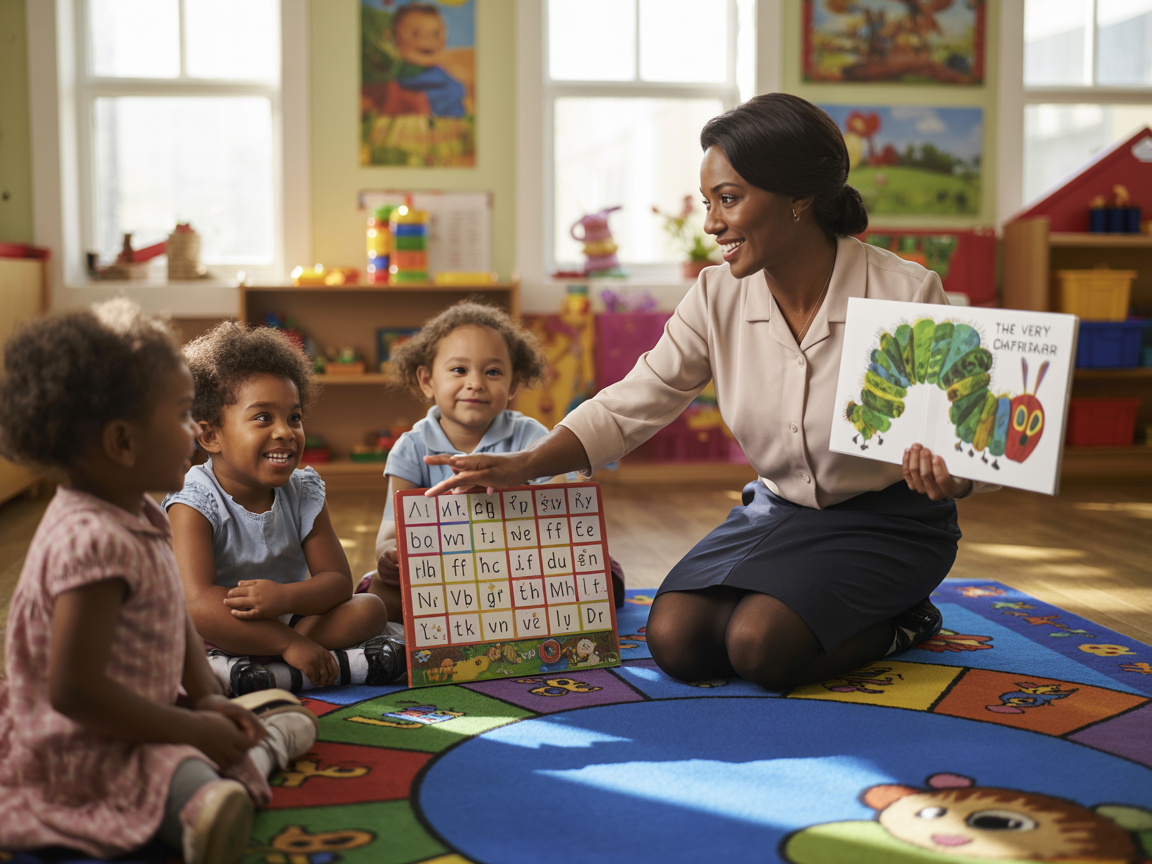I get it. You see your neighbor’s kid reciting the alphabet at the playground, and suddenly you’re wondering if you’re behind. Your mother-in-law keeps asking when little Emma will start “real learning,” and those educational toy commercials make it seem like every toddler should be decoding Shakespeare by age four.
Take a deep breath. Your 3-year-old probably isn’t ready for formal phonics, and that’s completely normal.
Last week, a mom in my playgroup was stressing because her daughter wasn’t interested in letter flashcards. “But she’s already three!” she said, as if some invisible timer was ticking. The truth? Most kids this age are still figuring out basic stuff like sharing toys and remembering to wash their hands. Their brains simply aren’t wired for connecting abstract symbols to sounds yet.

The Real Problem with Rushing Into Phonics
Here’s what happens when we push too hard, too fast: kids shut down. I’ve seen it countless times. Parents drill letters until storytime becomes a dreaded quiz session. The child who once loved books suddenly runs away when you suggest reading together.
Children’s brains develop in stages, and there’s actual science behind this. Most kids develop the cognitive skills needed for phonics somewhere between ages 4 and 7. At three, they’re in what experts call the “pre-literacy stage,” where play and language exploration matter way more than formal lessons.
Think about it—would you teach calculus to a kid who’s still learning to count? Same concept applies here.
Signs Your Child Might Be Ready (Spoiler: Most 3-Year-Olds Aren’t)
Before you even think about introducing formal letter sounds, watch for these signs:
They actually talk in sentences. If your child is still pointing and grunting for juice, they’re not ready for phonics. They need a solid vocabulary foundation first.

Books fascinate them. Not just the pictures—they understand that those squiggly marks on the page mean something. They might run their finger along text or ask “What does this say?”
They can sit still for more than two minutes. Phonics requires focus. If your toddler treats circle time like a wrestling match, hold off on the lessons.
They’re naturally curious about letters. The key word here is “naturally.” If they’re asking about the letters in their name or pointing out signs, great! If you’re the one pushing the interest, pump the brakes.
They can hear rhymes and rhythms. Can they tell you that “cat” and “hat” sound similar? This phonemic awareness comes before letter recognition.
If you’re reading this list thinking “nope, nope, and definitely nope”—congratulations! Your child is developing perfectly normally.
What to Do Instead (Way More Fun Anyway)
Forget the workbooks and flashcards. Here’s what actually builds reading readiness:
Read together every single day. I don’t care if it’s the same book fifty times in a row. Kids need to hear language patterns, build vocabulary, and most importantly, associate books with comfort and joy. Some days my daughter wants “Goodnight Moon” three times before bed. So be it.
Let them play. I know, revolutionary concept. But that block tower they’re building? It’s developing spatial reasoning. The pretend tea party? Language skills and social development. Playdough squishing? Fine motor skills they’ll need for writing someday.
Sing ridiculous songs. “The Wheels on the Bus” isn’t just entertainment—it’s phonological awareness training in disguise. Kids learn to hear patterns, rhythms, and sounds through music. Plus, try to stay grumpy while singing about monkeys jumping on beds. Impossible.

Talk about everything. Narrate your grocery shopping, describe the weather, ask silly questions. “I wonder why bananas are yellow?” builds thinking skills better than any worksheet.
Point out letters casually. If they notice the “S” on a stop sign, mention it. But don’t turn every outing into a letter hunt. Keep it natural.
When Teaching Letter Sounds Actually Makes Sense
If your child shows genuine readiness (usually closer to 4 or 5), you can start introducing sounds playfully. Try alphabet books with fun illustrations, play “I Spy” with beginning sounds, or let them explore magnetic letters on the fridge.
The difference? They’re driving the interest, not you forcing it.
The Bottom Line
Every kid I know who was pushed into academics too early either burned out or developed anxiety around learning. The ones who played, explored, and discovered reading naturally? They’re the ones still loving books in middle school.
Your 3-year-old has their whole life to worry about phonics rules and spelling tests. Right now, they need to build confidence, curiosity, and a genuine love for language. Trust me—the letters will come when they’re ready.
And honestly? The neighbor kid reciting the alphabet might just be performing tricks without real understanding. Your child playing in the sandbox is probably learning more.


Ms. Kerri’s Corner provides a exciting virtual space for preschool learning. Through a variety of engaging activities, she exposes young minds to early math, literacy, science and social-emotional skills in a developmentally appropriate way. Centers for blocks, art, books and music allow children to explore hands-on learning at their own pace. Guided lessons subtly introduce number sense, letter sounds and narrative thinking. Careful observation gives insight into each child’s progress across domains. Viewers are also invited to participate, reinforcing that their ideas are valued. By making learning fun yet purposeful, Ms. Kerri lays the groundwork for future academic success while fostering creativity and imagination. Her program offers preschoolers valuable screen-based learning experiences.




